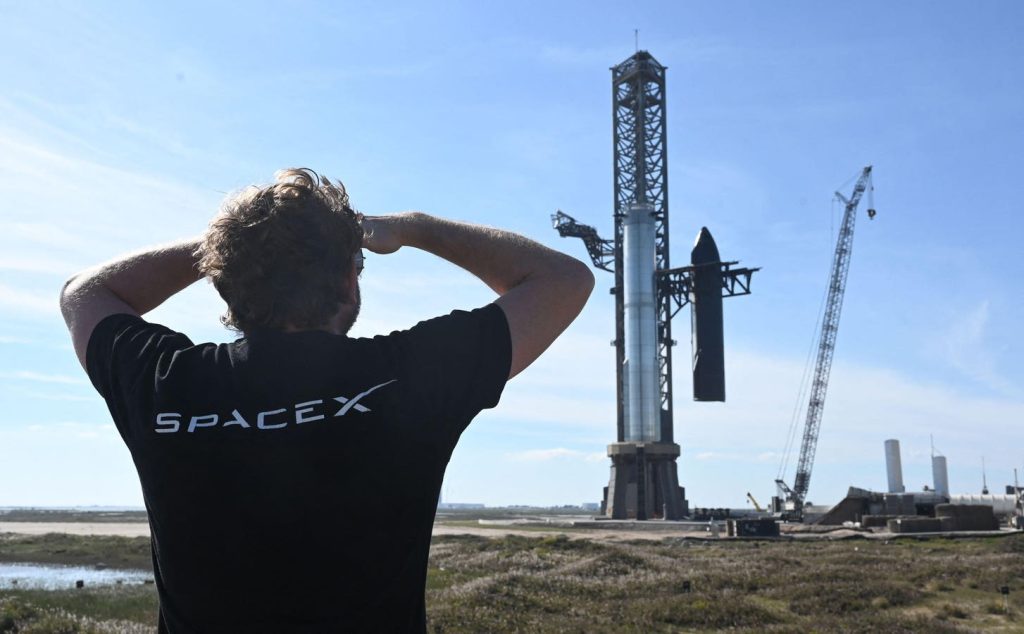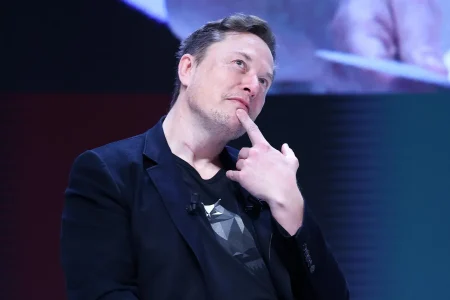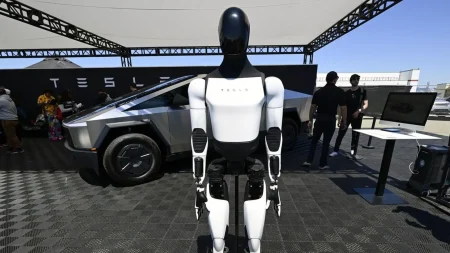SpaceX’s Bold Move into Mobile Satellite Connectivity
SpaceX has firmly established itself as the dominant force in space, controlling two-thirds of all satellites in low-Earth orbit and building a formidable broadband internet empire. However, until now, its direct-to-cell phone service capabilities have been limited to basic text messaging through a narrow band of T-Mobile’s spectrum. This all changed on Monday when Elon Musk’s company announced a game-changing $17 billion acquisition of premium spectrum from EchoStar – SpaceX’s largest acquisition to date. This strategic purchase promises to revolutionize satellite-to-phone connectivity, enabling full 5G service with video calling capabilities from virtually anywhere on Earth. The company claims these new satellites will deliver 20 times the throughput of current systems, potentially transforming how people communicate from remote locations beyond traditional cellular networks.
The ambitious vision, however, hinges on one critical factor: Starship, SpaceX’s mammoth rocket still under development. As Caleb Henry, an analyst with Quilty Space, points out, SpaceX’s direct-to-cell plans are “dependent on Starship” succeeding. While the most recent test flight showed promising results after three previous explosive failures, significant questions remain about Starship’s design and its ability to deliver the dramatic cost reductions Musk has promised. Designed to carry 100 tons to low-Earth orbit – over four times the capacity of the workhorse Falcon 9 – Starship is essential for deploying the larger, more powerful satellites needed for enhanced mobile connectivity. SpaceX has already halted launches of its first-generation direct-to-cell satellites after placing 655 in orbit using Falcon 9 rockets, and is now waiting on Starship’s success to move forward with the next phase.
The technical challenges are substantial. Connecting to the weak antennas in standard mobile phones requires extraordinarily powerful satellites, which in turn demands Starship’s exceptional payload capacity. Moreover, Musk’s promise of affordable service relies on Starship achieving full reusability and dramatically lower launch costs. Yet the rocket must first prove it can consistently avoid catastrophic failures and actually deliver its promised 100-ton payload capacity – the test version has only been designed to carry 35 tons. These technical hurdles represent significant barriers to realizing SpaceX’s vision for ubiquitous satellite-to-phone connectivity, though the company has a strong track record of eventually overcoming such challenges.
From a financial perspective, the $17 billion price tag might seem steep for a company that Musk claims will generate $15.5 billion in revenue this year. However, analysts suggest the deal structure mitigates much of this burden. Approximately $8.5 billion of the purchase price consists of SpaceX stock – essentially “free” given investor enthusiasm for the company, which is reportedly raising capital at a $400 billion valuation. Additionally, SpaceX could recoup $4-5 billion by leasing portions of the spectrum for terrestrial use by cellular companies. Nevertheless, industry experts were surprised by SpaceX’s willingness to pay such a premium for spectrum that will support a nascent direct-to-cell market with uncertain revenue potential. T-Mobile’s introductory price of $10 monthly for its satellite service suggests the initial market opportunity might only be a few billion dollars – far less than what traditional cellular carriers could generate using the same spectrum for terrestrial applications.
Beyond financial calculations, the acquisition reveals Musk’s strategic motivations to dominate the emerging direct-to-cell market. By acquiring EchoStar’s assets, SpaceX effectively eliminates a competitor while putting pressure on others in the space. EchoStar, founded by billionaire Charlie Ergen, was vulnerable due to crushing debt and regulatory pressure – the FCC had launched a review that could have revoked its spectrum licenses for non-use following complaints from SpaceX. Despite these vulnerabilities, Ergen maintained leverage in negotiations because the 50 megahertz of radiofrequency bands being sold are uniquely valuable for space-to-ground communications, having been originally designated for mobile satellite services. As independent analyst Tim Farrar noted, for SpaceX, it was “sort of take it or leave it” given the lack of comparable spectrum alternatives.
The ripple effects of this acquisition could extend beyond SpaceX and reshape the competitive landscape. Analyst Tim Farrar suggests it might influence Apple to abandon its in-house direct-to-device internet efforts with Globalstar in favor of partnering with SpaceX instead. With EchoStar’s premium spectrum now in SpaceX’s arsenal, “there’s a significant possibility that Apple will change horses,” according to Farrar. However, the ultimate success of SpaceX’s satellite-to-phone strategy still depends on effectively harnessing this spectrum, which circles back to Starship’s development. As Caleb Henry succinctly put it, “For it to be as disruptive as SpaceX wants it to be, we need to see the performance improve.” If Starship delivers on its promises and SpaceX successfully leverages EchoStar’s spectrum, we may witness a transformation in global connectivity, bringing reliable communication to the most remote corners of our planet – another step in Musk’s grand vision of expanding human technological reach beyond traditional limitations.















